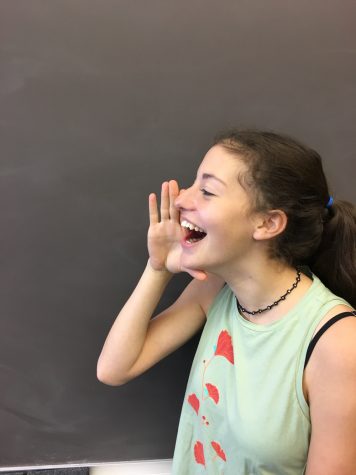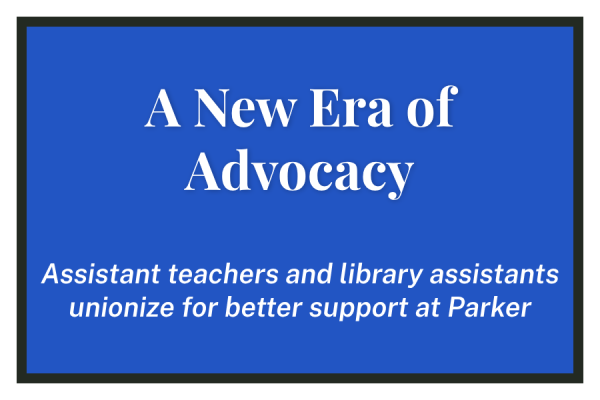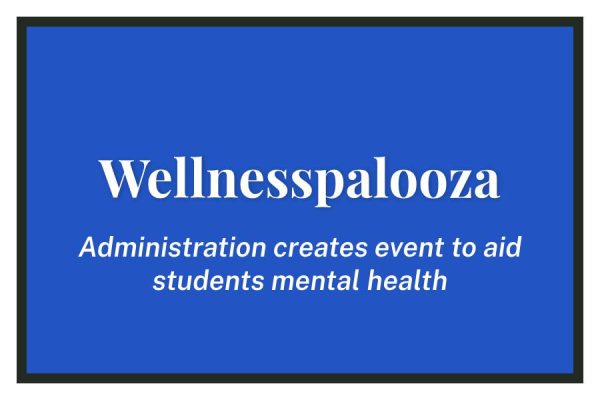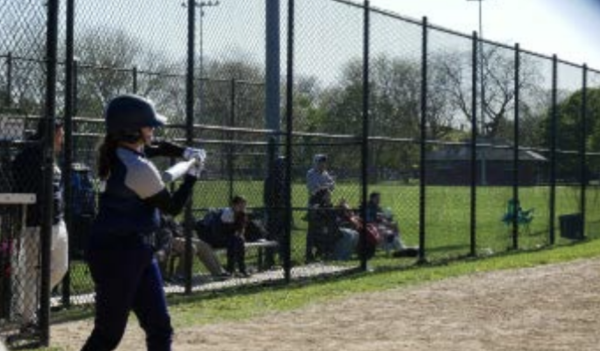The Economic and Social Impacts of Segregation
Natalie Moore Speaks to Parker
On Monday, March 27, Natalie Moore, South Side bureau reporter for WBEZ radio, spoke at Morning-Ex about her new book “The South Side: A Portrait of Chicago and American Segregation.” Moore came at the invitation of upper school Economics and Society teacher Kevin Conlon, who in his introduction at the Morning-Ex thanked her for offering the Parker community a perspective on Chicago neighborhoods and the connection between economic development and racism.
Speaking conversationally, Moore focused her talk on both her experiences growing up in Chicago and the policies that shaped the racial divisions we know today. For an audience composed of students as young as fourth grade Moore eased into the complicated history of our city by infusing her presentation with relatable personal anecdotes.
“At 14, 15 years old, that’s when segregation became real to me,” Moore said. “I knew that my neighborhood was all black. I knew that the North Side was synonymous with white. And that’s when I started to understand some of the shaping of how our neighborhoods work. But I still didn’t understand why.”
As Moore went on to learn, housing covenants that prevented white homeowners from selling their homes to African Americans, redlining practices that stopped banks from lending to African Americans, and block-busting that encouraged white homeowners to sell their properties were among the policies that led to the separation of white and black households.
“Some people like to say that people want to live around people who are like them, but self-selection is different from segregation,” Moore said. “Self-selection would be, ‘I’m choosing these people to be my friends.’ Segregation would say, ‘Only this group of people can be your friends. This is the only neighborhood you can live in.’”
Following the Morning-Ex, students from Conlon’s class, who have been reading Moore’s book; students from the Civil Rights class taught by upper school History Department Co-Chair Andy Bigelow; and students from a section of the American Literature class taught by upper school English teacher Stacey Gibson had additional time to talk with the journalist and author.
Twelfth grade Economics student Cameron Roehm appreciated having Moore at Parker to shed light on the content of his class. “It’s important to know how Lincoln Park was formed and the events that led us to being here, as opposed to us being in the suburbs,” Roehm said. “We also have to just be aware of the segregation that exists in Chicago.”
As Moore made clear in her presentation, her reason for becoming a journalist, and for writing the book, was not only to study the causes of segregation, but to make sure that people get a fuller appreciation of life in black neighborhoods.
Journalism at Northwestern University enticed Moore precisely because she felt that her own experiences growing up in “black, working, middle-class neighborhoods, where people mow their lawns and send their kids to school” was not representative of the images she saw on the news. “Journalism appealed to me because I wanted to tell different stories.”
Moore told the students, “If you have a stereotype, it is completely understandable if you have never visited these neighborhoods, if you are only watching the news.”
Moore recalled that when her entire Urban Policy class at Northwestern drove through Chatham and other black neighborhoods in Chicago, “some students on the tour said, ‘Wow, these neighborhoods look nicer than some of the white ones.’”
The danger, Moore warned, is having a single narrative about Chicago. This is the problem with a term like “Chi-raq.” “It paints black neighborhoods like warzones,” Moore said. “If there is a war, it means that the black people are the enemy in these neighborhoods.”
Moore’s suggestion to the audience and to the students in the subsequent class was to take advantage of Chicago “because it is actually diverse.” Chicago is about one third black, one third white, and one-third Latino, she said, “so there are lots of opportunities for integration and shared resources.” “If there are opportunities for you to visit friends in other neighborhoods, or to do things in other parts of the city,” she added, “take that.”
Students may not be in a position to change housing policy or discriminatory tax codes, but, she told her listeners, “if you’re from an all-white place, if you find that your world is insulated, there are opportunities to un-insulate it in a place like Chicago.”
Despite Chicago’s long history of segregation, Moore gave the audience reason to admire the city. “The artists scene is amazing here,” she said. “The activist scene is amazing here. We forget how dope we are.”
Moore offered a challenge to Parker. “Segregation can allow for stereotypes to thrive,” she said. “So I personally challenge you to think outside of your comfort zone, to understand in this region and in this city, and not to fall prey to stereotypes.”







